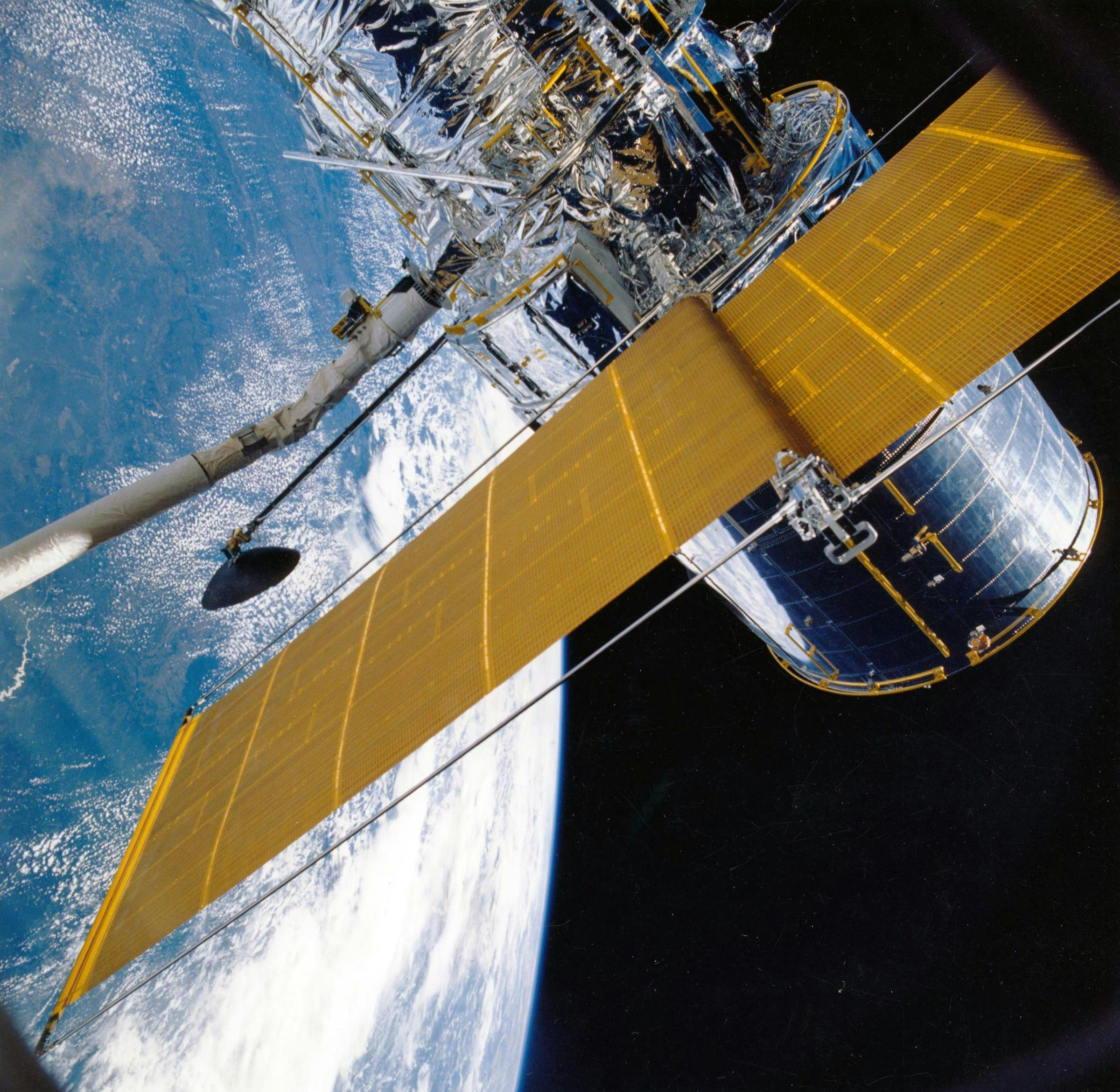Nintendo, the Kyoto-based gaming giant, has long been a cornerstone of the video game industry, delivering iconic franchises like Mario, Zelda, and Pokémon to millions of fans worldwide. As of April 2025, the company is making headlines with the highly anticipated launch of the Nintendo Switch 2, the successor to the original Switch, which has sold over 150 million units since its debut in 2017. The latest news surrounding Nintendo’s Switch 2 reveals a mix of overwhelming demand, innovative features, supply chain challenges, and concerns about global trade policies. This blog post dives into the most recent developments, offering a comprehensive look at what’s happening with Nintendo in Japan and beyond.
Unprecedented Demand in Japan
One of the biggest stories coming out of Japan is the extraordinary demand for the Nintendo Switch 2. On April 23, 2025, Nintendo President Shuntaro Furukawa announced that the company received 2.2 million applications for its My Nintendo Store pre-order lottery in Japan alone. This figure far exceeded Nintendo’s expectations, highlighting the intense excitement surrounding the new console. Unfortunately, the company admitted it cannot fulfill all orders by the June 5, 2025, launch date, issuing an apology to fans and promising to strengthen its production pipeline.
To manage this demand, Nintendo implemented a lottery system for pre-orders in Japan, prioritizing frequent players and those with online subscription purchases. Those who miss out on the initial lottery will be automatically re-entered into a second one, and third-party retailers began accepting pre-orders on April 24. However, the sheer volume of applications suggests that many fans may face delays in securing a console at launch.
The overwhelming response underscores Nintendo’s strong brand loyalty in its home market, where it enjoys a family-friendly reputation and accounts for roughly a fifth of its annual sales. The original Switch sold 360,000 units in Japan during its first month in 2017, and the Switch 2’s pre-order demand is nearly six times that figure, signaling what could be the biggest hardware launch in gaming history.
Switch 2 Features and Pricing
The Nintendo Switch 2 builds on the hybrid design of its predecessor, functioning as both a portable device and a home console when connected to a TV. It boasts a larger screen, enhanced graphics, faster load times, and new features like mouse controls, a built-in microphone for GameChat, and a “C” button to enable voice communication during online play. Additionally, the console supports Zelda Notes, a game-specific service within the Nintendo Switch app, offering voice-assisted navigation and item sharing for titles like The Legend of Zelda: Tears of the Kingdom and Breath of the Wild.
Nintendo is offering two versions of the Switch 2 in Japan: a Japanese-only, region-locked model priced at ¥49,980 (approximately $350) and a multilingual version exclusive to the My Nintendo Store for ¥69,980 (about $500). The cheaper, region-locked model is designed to cater to Japan’s domestic market, which is impacted by a weak yen, while preventing resale abroad. However, this dual-model approach has raised concerns about complicating the supply chain, as the Japan-only version requires separate manufacturing.
Globally, the Switch 2 is priced at $449.99 in the United States, a 50% increase over the original Switch’s launch price. This has sparked some debate among fans, with titles like Mario Kart World retailing at $79.99. Some analysts suggest the higher price reflects Nintendo’s anticipation of trade war-related costs, particularly tariffs. Despite the price hike, consumer enthusiasm remains strong, with pre-orders selling out quickly at major U.S. retailers like Walmart, Best Buy, and Target.
Trade War and Tariff Concerns
The Switch 2 launch comes at a challenging time, as global trade tensions, particularly U.S. tariffs, threaten to impact pricing and availability. About a third of Switch 2 units are assembled in Vietnam, which faces a 46% U.S. tariff. These tariffs, combined with President Donald Trump’s trade policies, have raised concerns about potential price increases for the console and its accessories. At a recent event near Tokyo, a fan named Hidenori Tanaka expressed worry that tariffs could drive up costs not only for the Switch 2 but also for Joy-Con controllers and other peripherals.
Nintendo briefly paused U.S. pre-orders due to tariff uncertainties but ultimately maintained the $449.99 price point. Analysts note that Nintendo’s experience in supply chain management will be crucial in navigating these challenges. The company has been preparing for the Switch 2 launch by procuring materials and ramping up production for over a year, yet the unprecedented demand in Japan and beyond will test its logistics capabilities.
Marketing Blitz and Launch Titles
Nintendo has kicked off an aggressive marketing campaign in Japan, with television spots, street advertisements, and hands-on events showcasing the Switch 2. A notable media event in Tokyo on April 3, 2025, allowed fans to test the console, and similar events are planned in New York, Berlin, and Hong Kong. These efforts highlight new features and build anticipation for the June 5 launch.
The Switch 2’s launch lineup includes high-profile titles like Mario Kart World, which introduces a connected world map and new mechanics like Charge Jump and Wall Ride. Other releases include Super Mario Party Jamboree – Nintendo Switch 2 Edition, Street Fighter 6, and enhanced versions of The Legend of Zelda: Tears of the Kingdom and Breath of the Wild. Donkey Kong Bananza, a 3D platformer, has also generated buzz for its destructive gameplay and collectible-focused design.
Interestingly, most physical third-party Switch 2 games in Japan (and likely the West) are Game-Key Cards, which contain a download code rather than game data. This shift requires an internet connection to access the full game, a move that has sparked some debate among fans who prefer traditional cartridges. Exceptions include titles like Cyberpunk 2077 and Daemon X Machina: Titanic Scion.
Challenges with Scalpers and Phishing
The intense demand for the Switch 2 has led to issues with scalpers and phishing scams. In Japan, resellers on platforms like Mercari and Yahoo Auctions have listed “pre-order reservations” at inflated prices, despite not guaranteeing a console. Nintendo also warned about phishing emails mimicking official pre-order lottery results, some of which contain subtle errors like misspelled email addresses. These challenges highlight the difficulties of managing a high-profile launch in the digital age.
In the U.S., fans have taken creative measures to combat scalpers, flooding eBay with fake Switch 2 auctions to drown out exploitative listings. While Nintendo’s lottery system and account verification aim to limit scalping, the pre-order process is not foolproof, and some buyers are willing to pay premiums for a chance at securing a console.
Nintendo’s Broader Strategy
While the Switch 2 is central to Nintendo’s current strategy, the company is diversifying its revenue streams. Theme parks, movies, and merchandise now contribute to its bottom line, but analysts estimate that around 90% of its revenue still comes from the Switch ecosystem. The success of the Switch 2 is thus critical to Nintendo’s financial performance, especially as it faces competition from Sony’s PlayStation 5 and Microsoft’s Xbox Series X.
Despite these pressures, Nintendo’s stock surged in late April 2025, reflecting investor confidence in the Switch 2’s potential. The company’s ability to deliver a steady supply of consoles and maintain consumer trust will be key to sustaining this momentum.
Looking Ahead
The Nintendo Switch 2 launch is shaping up to be a landmark moment for the gaming industry. With 2.2 million pre-order applications in Japan alone, the console is poised to break records, but supply constraints and trade uncertainties pose significant challenges. Nintendo’s focus on innovative features, a robust launch lineup, and a strong marketing push demonstrates its commitment to meeting fan expectations. However, the company must navigate scalping, phishing, and tariff-related hurdles to ensure a smooth rollout.
For fans in Japan and worldwide, the Switch 2 represents the next chapter in Nintendo’s legacy of creativity and fun. As June 5, 2025, approaches, all eyes will be on Kyoto to see how Nintendo delivers on its promise to bring joy to gamers everywhere. Stay tuned for more updates as the launch date nears, and get ready to jump into the world of Mario Kart World and beyond.



